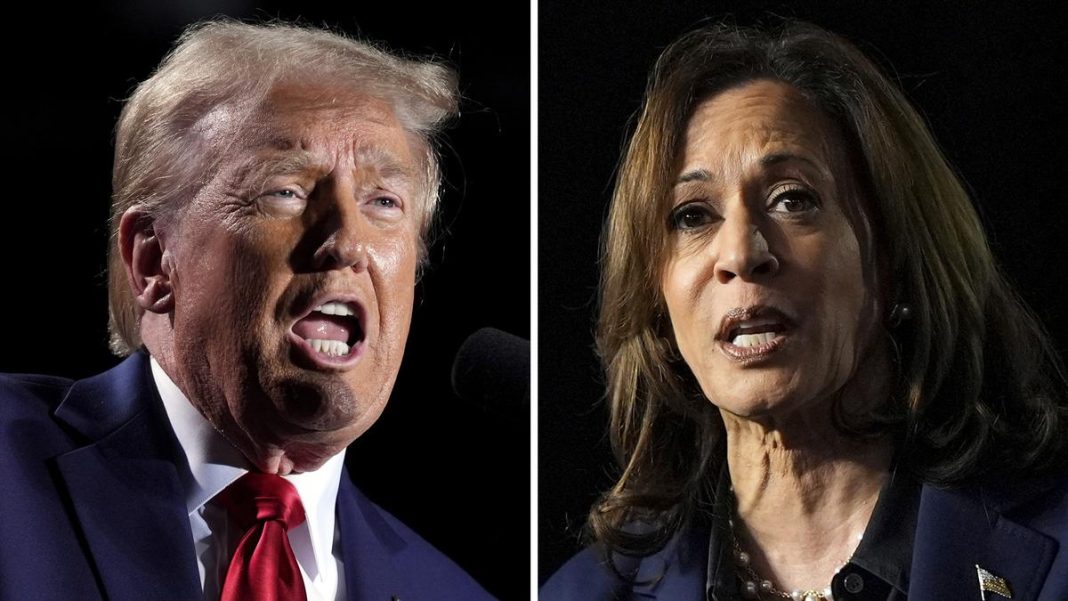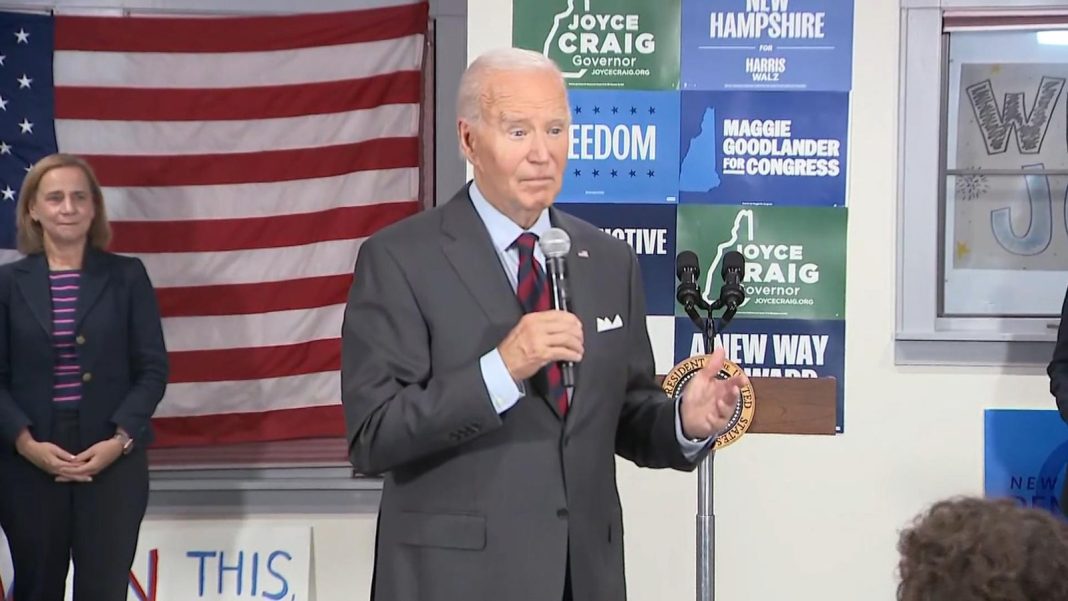Countdown to the 2024 Presidential Election: What You Need to Know
As the United States gears up for its highly anticipated presidential election on November 5, 2024, the political landscape is buzzing with excitement and tension. With Democratic candidate Kamala Harris and Republican incumbent Donald Trump leading the charge, the race is heating up. However, Green Party candidate Jill Stein is also making waves, particularly among certain voter communities. While third-party candidates have historically struggled to break through, Stein’s presence adds an intriguing twist to this election cycle.
How Does the U.S. Elect Its President?
Every four years, on the first Tuesday of November, Americans head to the polls to cast their votes for the next President. But the journey to the White House is a long and intricate process that begins well before Election Day. Candidates must meet specific criteria set by the U.S. Constitution: they must be natural-born citizens, at least 35 years old, and residents of the U.S. for 14 years. Once they start raising or spending over $5,000 on their campaigns, they must register with the Federal Election Commission.
The Road to the Primaries
Before the general election, candidates engage in a series of primaries and caucuses to secure their party’s nomination. These events typically take place 6-9 months before the election and serve as a litmus test for candidates. Primaries are state-level elections where voters select their preferred candidate through secret ballots. Some states require voters to declare their political affiliation, while others allow open participation.
Caucuses, on the other hand, are more of a grassroots affair. They involve discussions and debates among party members, who then collectively decide which candidate to support. The outcome of these events determines how many delegates each candidate will take to the national convention, where the official nominations are made.
National Conventions: The Big Showdown
Once the primaries and caucuses wrap up, parties hold national conventions to finalize their presidential and vice-presidential candidates. Delegates—both pledged and unpledged—gather to cast their votes. If a candidate secures a majority, they become the party’s nominee. If not, additional rounds of voting ensue until a consensus is reached. This is also the moment when the presidential candidate announces their running mate, setting the stage for the general election.
Casting Your Vote
On Election Day, registered voters can cast their ballots for their chosen candidates, regardless of their party affiliation. The voting process may vary by state, with options for absentee voting and early in-person voting available in some areas. It’s essential for voters to check their state’s rules to ensure their voices are heard.
The Electoral College: The Final Frontier
Here’s where things get a bit tricky. In the U.S., the President is not elected by a direct popular vote but through the Electoral College. Comprising 538 electors, this system allocates electors to each state based on its congressional representation. When voters cast their ballots, they are technically voting for electors pledged to their chosen candidate. To win the presidency, a candidate must secure at least 270 electoral votes.
After the general election, the electors cast their votes in mid-December, and Congress counts these votes in early January. The new President is officially inaugurated on January 20, marking the start of their term in office.
Looking Ahead
As the 2024 election approaches, the stakes are high, and the political atmosphere is charged with anticipation. With a diverse array of candidates and a complex electoral process, this election promises to be one for the history books. Whether you’re a staunch supporter of Harris, Trump, or Stein, one thing is clear: your vote matters. So, mark your calendars, do your research, and get ready to make your voice heard in this pivotal moment for the nation.
Published – October 23, 2024, 11:28 am IST



